Historical Hairstyle Tutorial: How to Do Ancient Greek & Roman Hair

Welcome to my Hair History series! I’m going to take you through the fascinating history of women’s hairstyling in European history from the classical age to the 20th century and share some historical hairstyle tutorials.
Our journey begins today with The Classical Age i.e. Ancient Greece and Rome. Let's get started!
Tools and materials:
- Bobby pins
- Hair ties
- Hair spray
- Hair extensions (optional)
Ancient Greek hairstyles
One of the earliest examples of Ancient Greek hairstyles comes in the form of Kore, statues from the Archaic Period that depict young women.
These historical hairstyles typically depict curls resembling finger waves on both sides of the face. These cascade into several strands of either tight ringlets or braids.
The remainder of the hair is then held back by a hairband or headpiece and falls down the back in a mass of curls.
Archaic to Hellenistic Period
Around the 5th century BC, we begin to see the pulled back waves that we typically associate with Ancient Greece and Ancient Greek hairstyles, culminating in the Hellenistic Period.
In earlier centuries, the hair was bound with ribbons or strips of fabric, sometimes wound around the head several times in a typical, modern style.
Later in the Hellenistic period, we see the hair pulled back into buns, knots, and sometimes even bows, and adorned with pins, circlets, and wreaths. Braids also gained popularity towards the end of this period.
Ancient Roman hairstyles
Ancient Roman hairstyles follow a similar pattern as the Greeks, getting increasingly more intricate and complicated as time progresses.
During The Late Republic, women wore their hair in a poof on the forehead coming down into a low bun at the nape of the neck.
This front poof really reminds me of hairstyles of the 1940s or even the 2010s. After all, history repeats itself!
Ancient Roman women loved wearing braids and they were an integral part of many hairstyles. They also really loved wigs, especially those made in an exotic German blonde or Indian black.
Flavian Orbis
Of course, I can not talk about Ancient Roman hairstyles without mentioning one of the most remarkable styles to come out of Ancient Rome, which is the Flavian Orbis.
This hairstyle is where the front of the hair is arranged in a halo of curls above the face and is pinned over a wireframe.
The back of the hair is then worn in a bun made of many different braids. I adore this style; it’s so extravagant and fabulous. It was popular for quite a while.
The style eventually morphed into a style where it was just worn as a braided bun without the Orbis. The front of the hair comes down and the braids are arranged around the back of the head, leaving the crown exposed.
Now that we have the historical context for these historical hairstyles, it’s time for a historical hairstyle tutorial!
How to do an Ancient Roman hairstyle
1. Lengthen hair with extensions
If necessary, apply a set of hair extensions to make your hair both longer and fuller so you can do as many braids as necessary.
2. Roll the sides of your hair
Create two rolls of hair that twist down along the side of your face. If you have bangs like me, use bobby pins to secure the hair down. Use hairspray to ensure everything stays where it needs to be.
3. Create a ponytail
Pull your hair up into a ponytail. I’m not going to use historically accurate hairstyling methods, but if you want to be more historically accurate, you could tie your hair using a piece of string.
4. Braid your hair in six sections
Divide your ponytail into six sections. Braid each of them down to the ends of your hair. You should have six braids total.
5. Wrap your braids into a tower
Wrap the braids around the crown of your head. Ideally, they would be long enough to wrap around once in a complete circle. If your braids are too short then you can alternate the direction of each braid so it forms a full circle in the end.
Make sure to pin the braids so that they’re standing up and then start stacking them on top of each other. To keep them pinned to each other, I used a U-shaped hairpin so that each prong catches a braid.
A historically accurate way to do this is to sew them together using string and a blunt needle.
As soon as your tower gets tall enough, you can then continue to stack them horizontally. Tuck your ends away behind the braid.
Here’s the finished Ancient Roman hairstyle!
Historical hairstyle tutorial
That brings us to the end of the first installment of Hair History! If you liked this tutorial, keep coming back for more historical hairstyles tutorials. Let me what you think of this guide in the comments below.
Enjoyed the project?
The author may collect a small share of sales from the links on this page.
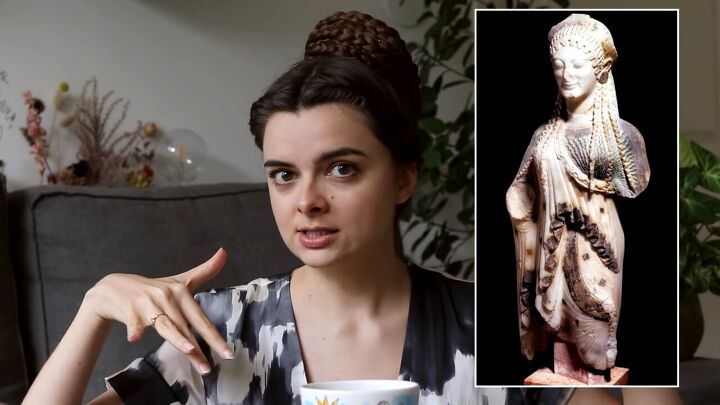

















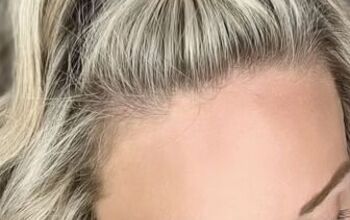
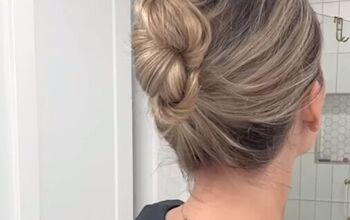



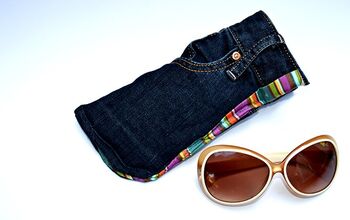


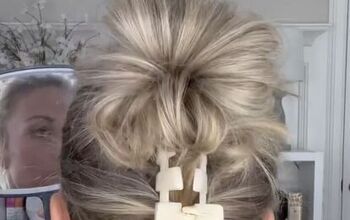
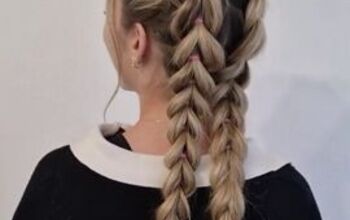
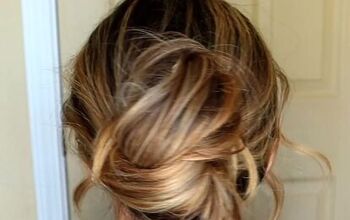
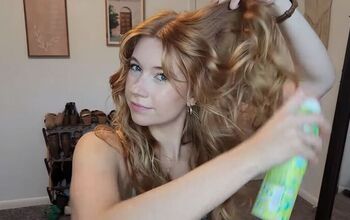

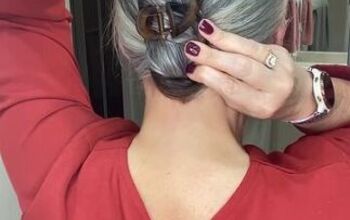

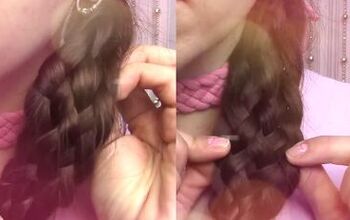
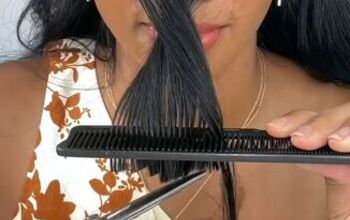
Comments
Join the conversation
Wonderful trip back in time thanku so much for all your hard work..how do the arms feel after it all..lol!